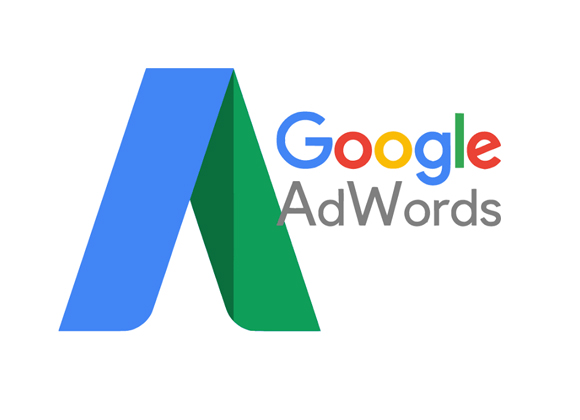Introduction:
In the ever-evolving landscape of the internet, the speed at which a website loads plays a crucial role in user experience and search engine rankings. One of the key metrics that directly impacts these factors is Pagespeed Ladezeit Webseite optimieren verbessern. In this article, we will delve into the importance of PageSpeed, its impact on user satisfaction and SEO, and provide actionable tips to optimize your website for optimal performance.
The Significance of PageSpeed:
PageSpeed, a metric developed by Google, measures the time it takes for a web page to load completely. It encompasses various aspects, including server response time, image optimization, and code efficiency. The importance of PageSpeed cannot be overstated, as it directly influences user engagement and conversion rates.
User Experience and Bounce Rates:
Research consistently shows that users are more likely to abandon a website if it takes more than a few seconds to load. Slow-loading pages lead to higher bounce rates, negatively affecting user satisfaction. By optimizing PageSpeed, you can create a seamless and enjoyable browsing experience, keeping visitors on your site longer and increasing the likelihood of conversions.
Search Engine Optimization (SEO):
Search engines, particularly Google, consider PageSpeed as a ranking factor. Websites with faster loading times are more likely to rank higher in search results. Google’s algorithm values user experience, and fast-loading pages contribute positively to a website’s overall SEO performance. Prioritizing PageSpeed optimization is, therefore, a strategic move to improve your website’s visibility and attract organic traffic.
Key Strategies for PageSpeed Optimization:
- Compress Images:
Large image files can significantly slow down page loading times. Utilize image compression tools to reduce file sizes without compromising quality. Additionally, consider using responsive images to cater to different device sizes and resolutions. - Minimize HTTP Requests:
Each element on a webpage, such as images, scripts, and stylesheets, requires an HTTP request. Minimize the number of requests by combining files, utilizing CSS sprites, and reducing unnecessary elements on your pages. - Enable Browser Caching:
Browser caching allows frequently accessed resources to be stored locally on a user’s device. This reduces the need to download the same resources on subsequent visits, leading to faster load times. Set appropriate expiration dates for cached content. - Optimize Code:
Clean and efficient code contributes to faster page rendering. Remove unnecessary spaces, comments, and line breaks. Use minification tools to compress HTML, CSS, and JavaScript files. - Prioritize Critical Rendering Path:
Identify and prioritize the rendering of critical elements to ensure a faster initial page load. This involves optimizing the order in which resources are loaded and displayed on the screen. - Utilize Content Delivery Networks (CDNs):
CDNs distribute website content across servers worldwide, reducing the physical distance between users and servers. This results in faster load times, especially for users accessing your site from different geographic locations.
Conclusion:
Prioritizing PageSpeed optimization is essential for delivering an exceptional user experience and improving search engine rankings. By implementing the strategies outlined in this guide, you can significantly enhance your website’s performance, reduce bounce rates, and ultimately drive success in the competitive online landscape. Remember, a faster website not only benefits your users but also positions your site favorably in the eyes of search engines.

